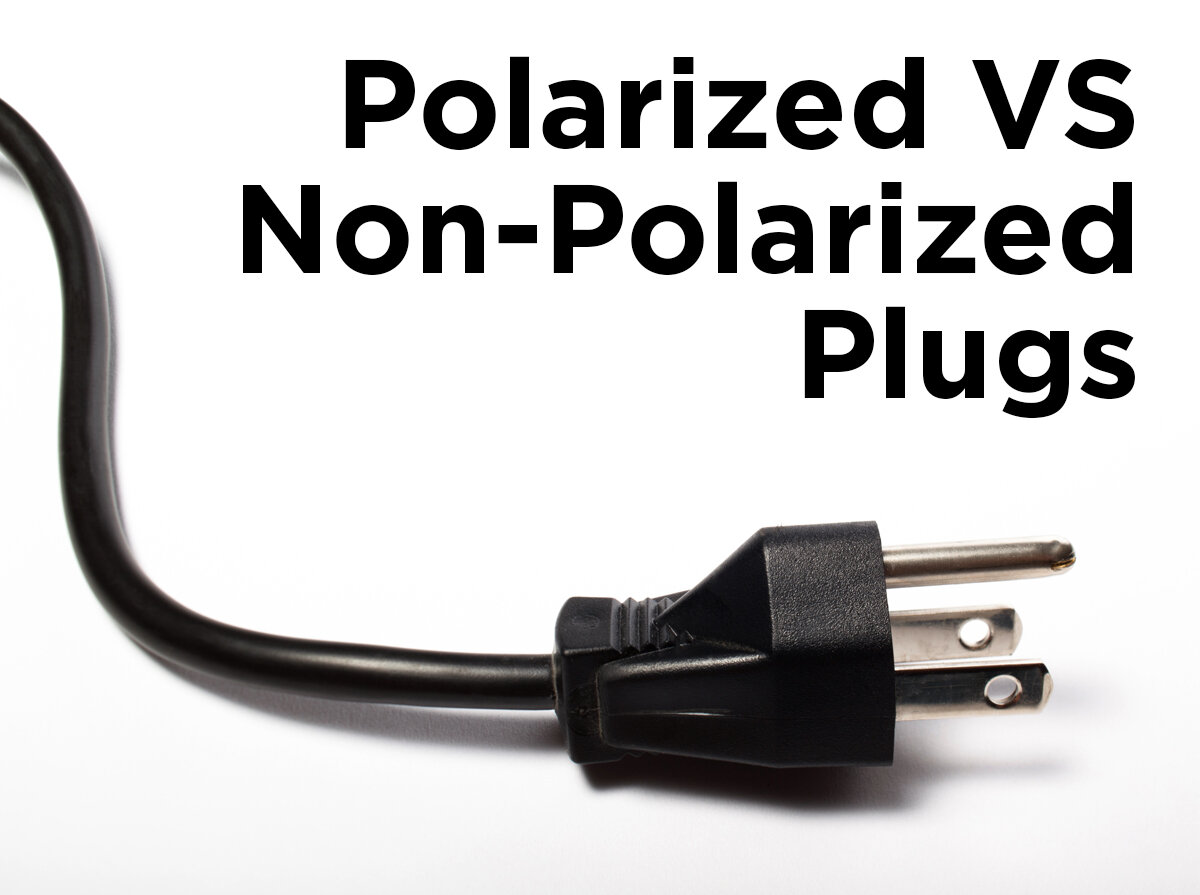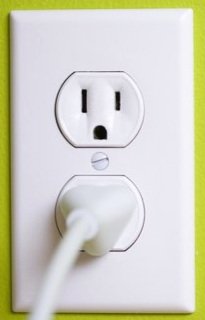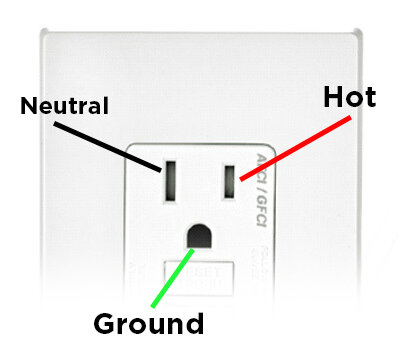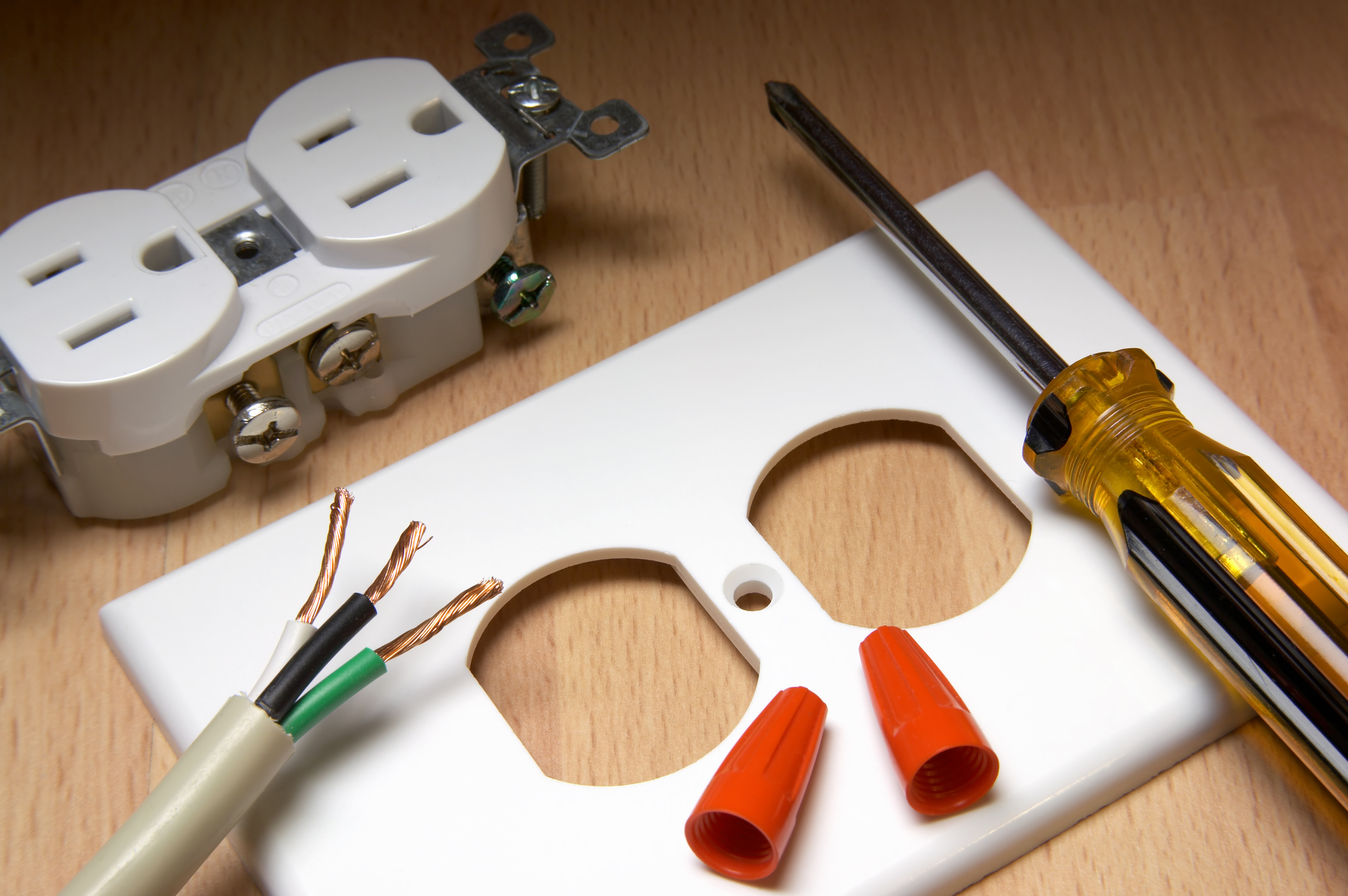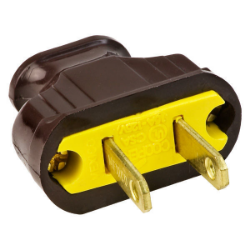Polarized vs. Non-Polarized Electrical Plugs
Updated 10/11/23 by 1000Bulbs Staff
Have you ever compared the plugs on your electrical devices and wondered why there are different styles of plugs? Knowing the difference between non-polarized two-prong plugs, polarized two-prong plugs and three-prong plugs is an important element when building your own antique lamp or working on other DIY projects which involve plugs.
Some of your electronic devices may have two identical prongs, two unequal-sized prongs, or even three prongs. While the three different plug designs seem interchangeable, they differ in how they complete the electrical circuit from device to breaker panel.
The Electrical Circuitry of a Polarized Outlet Explained
The difference between polarized outlets and non-polarized outlets is easily identifiable if you know the basics. If you are able to plug in a three-prong plug (NEMA 1-15 ground Type B) or if a two prong-plug (NEMA 1-15 ungrounded Type A) can only fit with the larger prong on the left, your receptacle (electrical outlet) is polarized.
An electrical plug is designed to complete an electrical circuit from your home's electrical panel to your electronic device and back. The hot, neutral, and ground wires are intended to complete the electrical circuit in a specific way as shown below.
Hot Wire: (Black wire) provides a path of 120 VAC (volts alternating current) that electrical devices require to operate.
Neutral: (White wire) provides a return path for the current to the electrical panel and is usually connected to an earth ground.
Ground: (Bare or Green wire) is connected to a metal part of an appliance as a safety feature in the instance the hot and neutral wire come in contact with each other.
What is a Polarized Electrical Plug?
Polarized plugs include any plug that has two prongs of unequal size or three prongs. In these cases, there is a clear distinction in which prong is designated for the “hot” side and the “neutral” side. By having two different-sized prongs or a three-prong design, the electrical device can only be inserted into the electrical outlet/receptacle one way, making polarized plugs safer.
The grounding pin (round prong) in a three-prong design is used as an extra safety precaution for electrical devices like microwaves or coffee pots.
What is a Non-Polarized Plug?
Unpolarized plugs have two identical prongs because there is no clear distinction as to which prong is for the “hot” side and the “neutral” side.
When older devices with a two-prong, unpolarized plug are inserted into a non-polarized outlet, the polarity (directional flow of the current) would be reversed. Reversed polarity leaves the circuit open and could potentially lead to electrical shock or arcing.
Thankfully, most receptacles in US homes today are polarized.
For newer electronic devices, even though the two-prong design doesn't feature a grounded wire, most non-polarized plugs are double-insulated as a safety precaution. That means that there are two layers of insulation between any live wires and any exposed metal parts within the appliance to prevent electrical shocks and shorts from occurring.
Have Further Questions About Electrical Outlets and Lighting Options?
Still have questions about electrical outlets or how to build your own antique fixture? Feel free to leave your question below in the comment section.
For more information on electrical outlets, feel free to read our previous blog, “Can Your Electrical Outlets Protect Against a House Fire?” Be sure to check back on our blog for more articles about the wonders of lighting and electricity.
For help from one of our knowledgeable US-based account managers, call 1-800-624-4488 or try our convenient “pop-up chat feature” at the bottom right corner of our 1000bulbs.com web pages.


